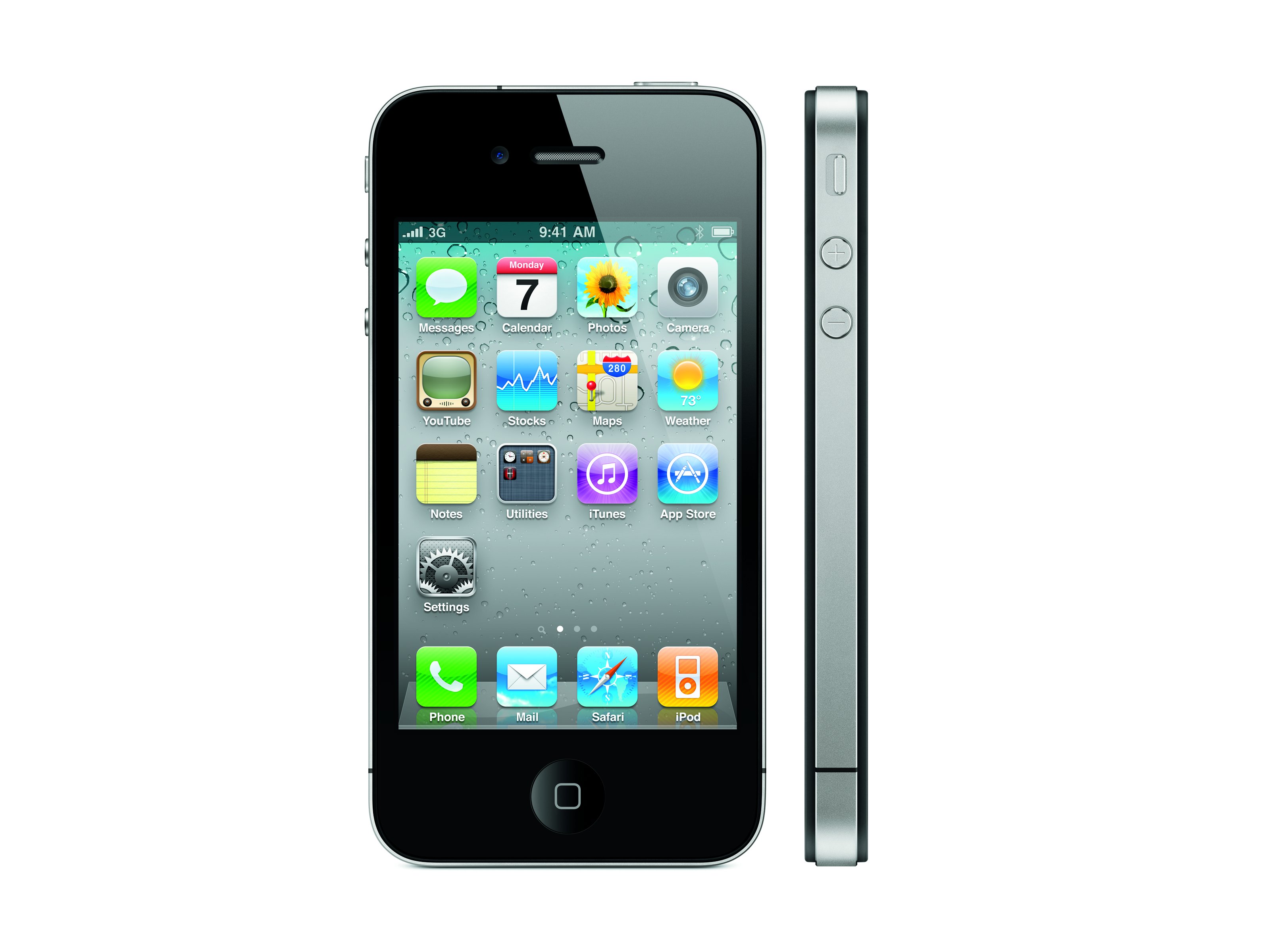Why you can trust TechRadar
When Steve Jobs releases a new phone, it always comes with an updated firmware too - and the iPhone 4 is no different. The new iPhone OS has been dubbed iOS 4 now, seeing as it's being used on the iPad too, and it's bringing a lot of upgrades that people have been hankering for for years.
But we'll quickly run through the high points of the iPhone for the uninitiated: the same iPhone home screen is offered, where it's a simple grid of icons to select applications.
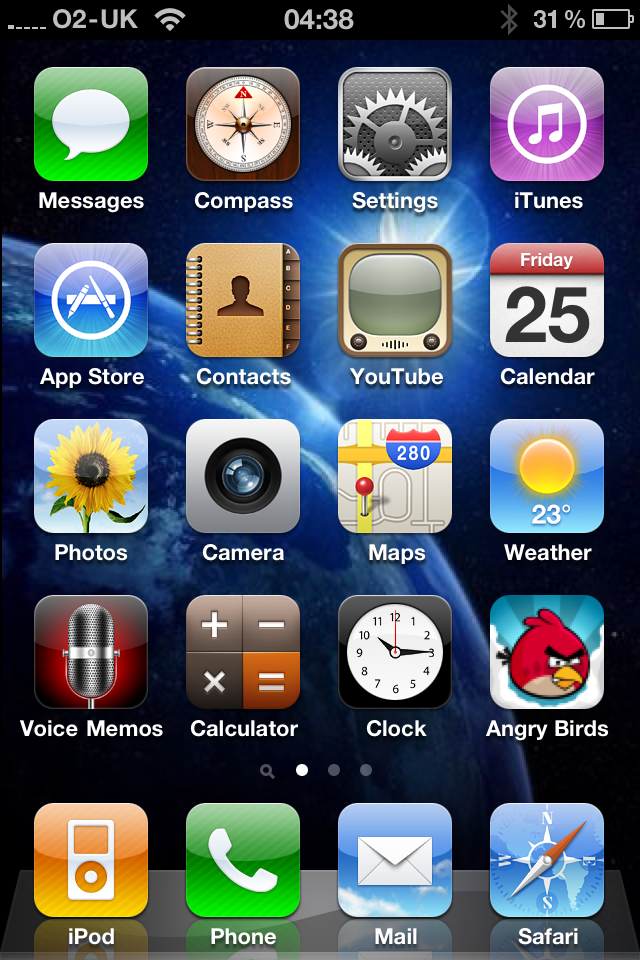
If you want to re-order these, simply long press on any one, and they all start to wobble around, allowing you to flick them in whichever order you like or if you want you can delete them by pressing the X.
You can't delete the pre-loaded applications though: for instance, nobody cares about Stocks, but you have to have it there. We'd love to know if anyone has ever created a decent portfolio based on the fact they had to stare at the Stocks icon all the time and finally cracked.
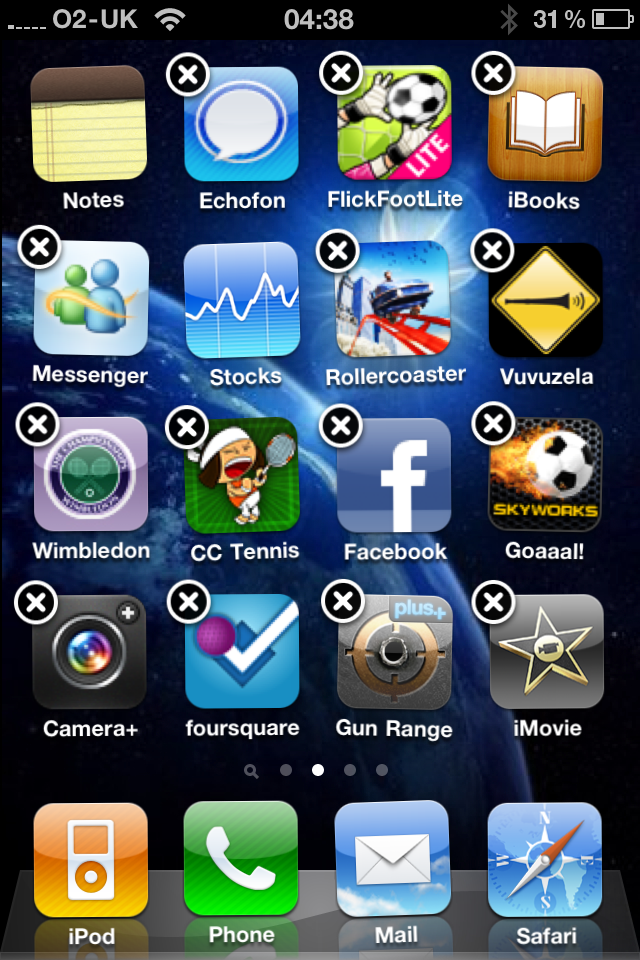
Most applications, like Settings and Contacts, take you to a menu-based system, with list options to tap and drill down to further things you can interact with. All very simple really.
But this is one of the key places the iPhone has always excelled - little animated transitions make things look so cool when they flick around under the finger, and it really makes people that try the phone for the first time think it's awesome.
iPhones of old have often struggled to keep up with these animations - talk of 400MHz processors should tell you why. But this is an ARM Cortex-A8 Apple A4 1GHz processor running things here: we're sure Apple is underclocking this to save on battery life, but it doesn't matter - each change is seamless and that's what we want.
And of course, Apple's simple way of navigation is still present - simply tap the home button at any point and you're back to the familiar home screen. Simples, as a certain member of the mongoose family may or may not say.
Multitasking
The main change with the iPhone 4 is the fact multi-tasking is now on offer, something that has put Apple behind the smartphone competition for many years.
Want to listen to Spotify and browse on Safari? Nope, not possible previously - but now it is, and that's what we call a Good Thing.
Of course, Apple being the gleaming machine it is, we couldn't have simple multi-tasking like on other platforms - Jobs has apparently 'solved' things with this cunning new method.
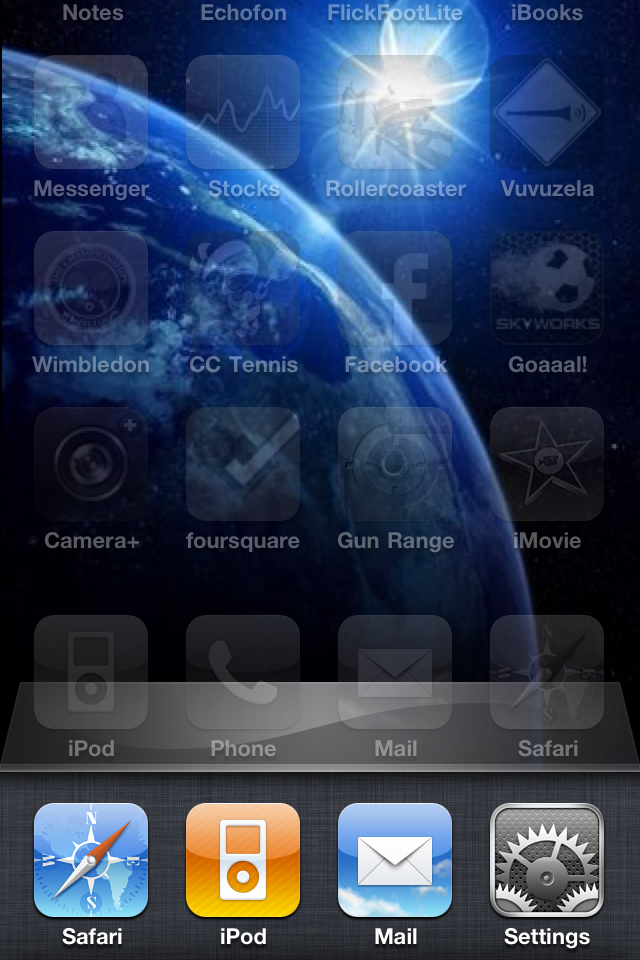
We mean cunning in an ironic, Tony Robinson-way, because essentially all that has happened is Apple has decided to control this element as well: only certain applications which have been verified to not eat all your battery and then kill your pets (well, the first one) will be allowed to run in the background, rather than all and any third party applications.
This is slightly annoying when you have things like social networking options that you want to be able to leave and come back to, and see all the updates without waiting.
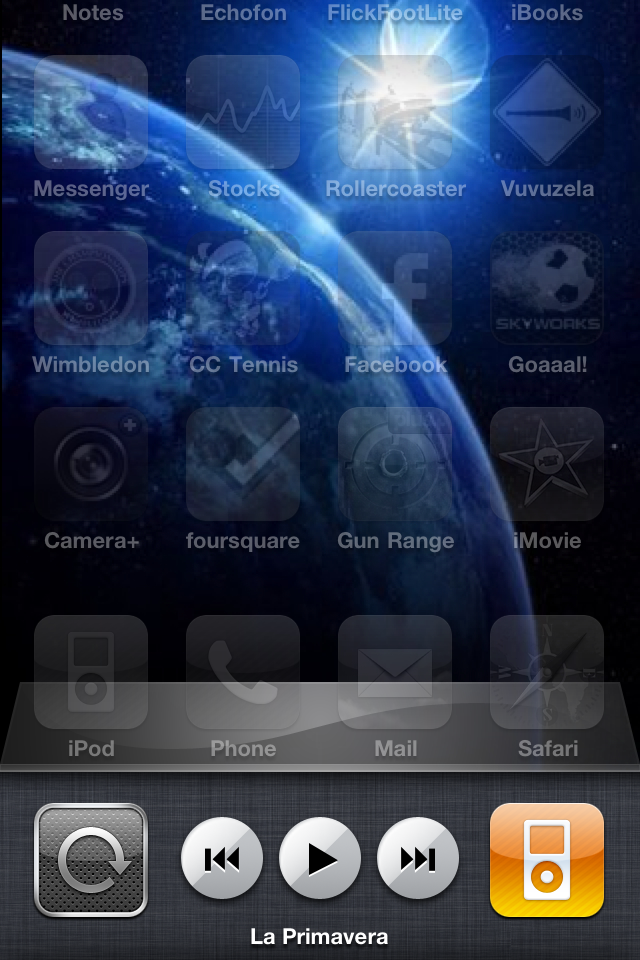
But overall: Apple's way of multitasking is the right way - you simply double tap the home button, and a little row of icons at the bottom of the screen pops up, with the most recent application opened on the left.
You can scroll along to choose the running application you want and go right back in where you were before. This means an open email you're writing, a web page, video, or something like a third party internet radio.
Scrolling to the left of the icon dock again will offer two more options - music control with basic commands, and the chance to lock the orientation - handy if you need to keep twisting the phone when watching video for some reason.
Switching between the applications spins the chosen application into view in a very pleasing fashion, indicative of the way Apple does things with the iPhone.
Current page: Apple iPhone 4: Interface part 1
Prev Page Apple iPhone 4: Retina Display Next Page Apple iPhone 4: Interface part 2
Gareth has been part of the consumer technology world in a career spanning three decades. He started life as a staff writer on the fledgling TechRadar, and has grew with the site (primarily as phones, tablets and wearables editor) until becoming Global Editor in Chief in 2018. Gareth has written over 4,000 articles for TechRadar, has contributed expert insight to a number of other publications, chaired panels on zeitgeist technologies, presented at the Gadget Show Live as well as representing the brand on TV and radio for multiple channels including Sky, BBC, ITV and Al-Jazeera. Passionate about fitness, he can bore anyone rigid about stress management, sleep tracking, heart rate variance as well as bemoaning something about the latest iPhone, Galaxy or OLED TV.
